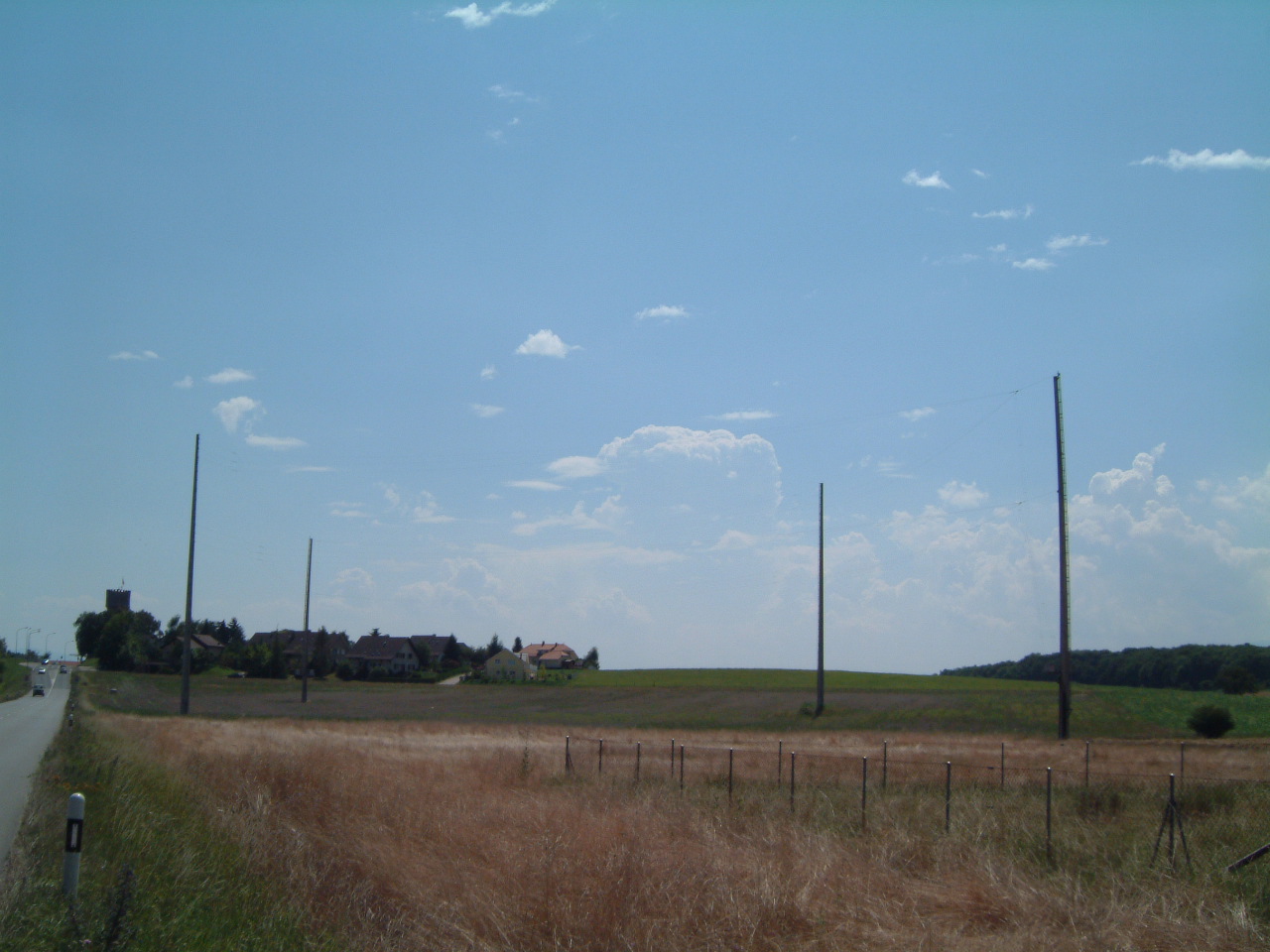Jackets
Member
Thought i'd introduce myself and get a few questions answered at the same time.
My real name is Joe, found this place while looking for a forum with a format i liked/am used to.
Plan to take the Canadian basic test net time it is offer once may hits as i am currently studying.
I have taken the IC pretest and received 67/100 before i started hamstudy.com so I'm hopeful to get a pretty decent mark.
I work for a living as a welder/fabricator, but years ago i also took and passed the MECP basic and first class test passing both, and also passing the first level of the CEDIA certification. Ended up hating it, do basic stuff for friends and my own.
My main question is, where i will be setting up Shack is, an all steel building built before i was born, and to the best of my knowledge has never been struck by lightning. Now i intend to bury a good ground on one side of the building to ground the building itself, and on the other side to do the same to the equipment. This building has no windows, only pair of doors. Will i need to take steps other then feedline isolation and protections at the entry point to prevent unwanted interference?
Question 2, for an antenna i'm leaning towards a longwire multiband setup, i'd like to build first go around to handle the power limit i'm allowed, how heavy a gauge of copper wire will i need to go? i've seen recommendations from 20ga to 12ga that's a serious difference in both capacity and strength under load (tension). Thoughts?
Anyways off to dinner looking forward to your input, thanks all
Joe
My real name is Joe, found this place while looking for a forum with a format i liked/am used to.
Plan to take the Canadian basic test net time it is offer once may hits as i am currently studying.
I have taken the IC pretest and received 67/100 before i started hamstudy.com so I'm hopeful to get a pretty decent mark.
I work for a living as a welder/fabricator, but years ago i also took and passed the MECP basic and first class test passing both, and also passing the first level of the CEDIA certification. Ended up hating it, do basic stuff for friends and my own.
My main question is, where i will be setting up Shack is, an all steel building built before i was born, and to the best of my knowledge has never been struck by lightning. Now i intend to bury a good ground on one side of the building to ground the building itself, and on the other side to do the same to the equipment. This building has no windows, only pair of doors. Will i need to take steps other then feedline isolation and protections at the entry point to prevent unwanted interference?
Question 2, for an antenna i'm leaning towards a longwire multiband setup, i'd like to build first go around to handle the power limit i'm allowed, how heavy a gauge of copper wire will i need to go? i've seen recommendations from 20ga to 12ga that's a serious difference in both capacity and strength under load (tension). Thoughts?
Anyways off to dinner looking forward to your input, thanks all
Joe


